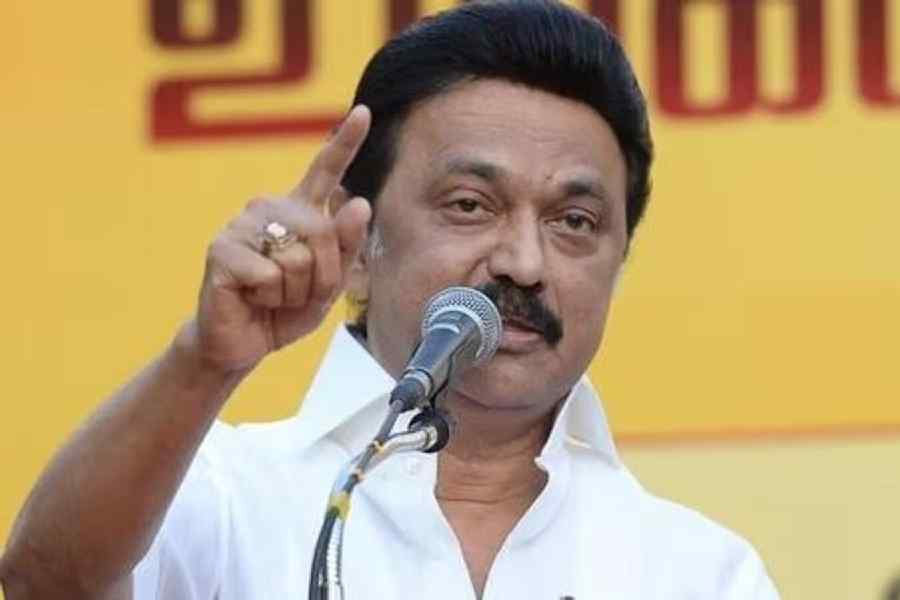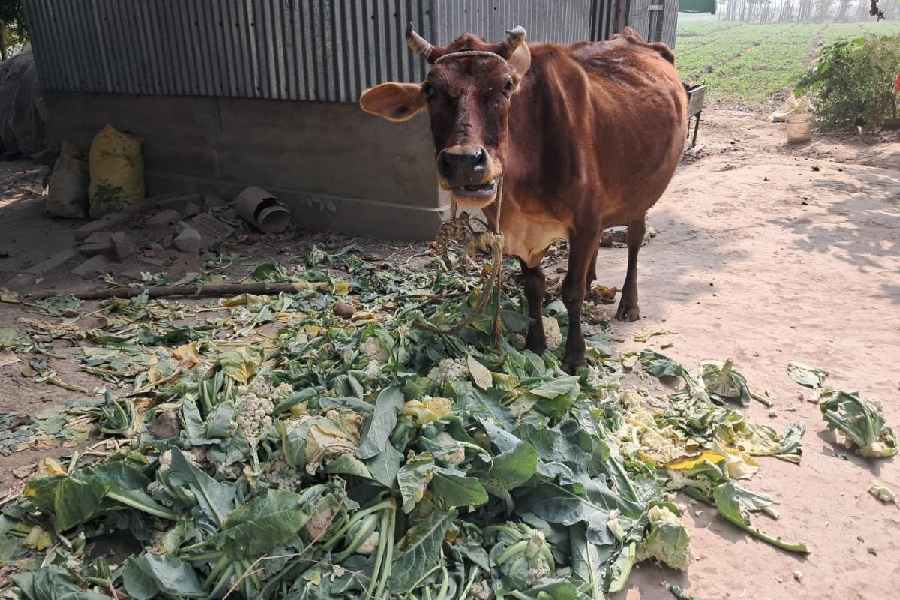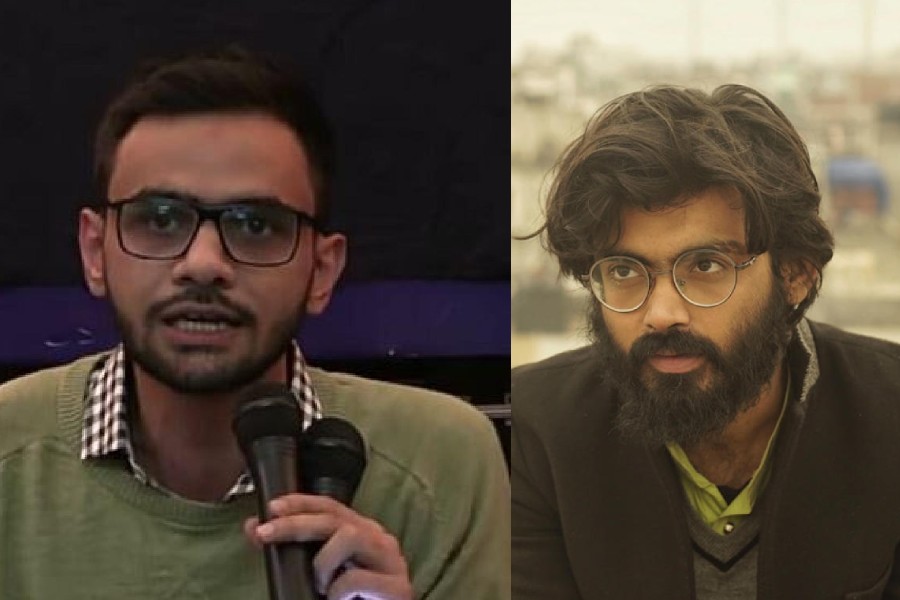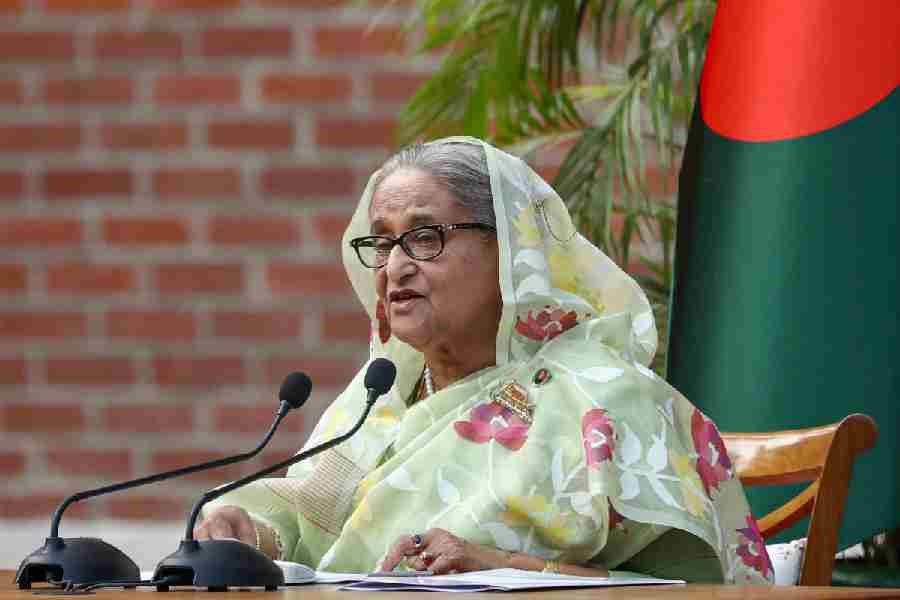A recent report from the National Insurance Academy estimates that about 95% of India’s population does not have access to insurance coverage. Life insurance, health insurance, accident insurance and property insurance are all important and often essential ways of protecting oneself against unforeseen adversities. In mature economies, these types of insurance are quite common. In India, according to the NIA, 84% of middle and low-income earners have no insurance at all. About 77% of people living in coastal areas are uninsured, an estimated 87% have no life insurance, while 73% have no health insurance. These numbers look quite stark when viewed in light of the wish of Prime Minister Narendra Modi to bring all citizens under the insurance net by the time India turns 100 as an independent nation. The government has initiated schemes like the Pradhan Mantri Jeevan Jyoti Bima Yojana and the Pradhan Mantri Suraksha Bima Yojana to that effect. But to cover the gap in about 24 years would be quite a task. Not only do people have to be convinced about the benefits of insurance but the costs would also have to be affordable. The potential market is extremely large and the number of players is also impressive. Yet, the costs of insurance remain high. The most vulnerable people, in terms of their exposure to risks, are the ones who find it difficult to pay regular premiums.
In any form of insurance, limited market penetration implies high premiums. In India, for instance, health insurance premiums are quite high; they have shot up further after the pandemic. If insurance is affordable for the rich, then service costs will also be high as is evident from the quality of the health services sector in India. On the other hand, those without insurance cannot afford quality care; so the quality of services they can access is abysmally poor. If the government wishes to have comprehensive insurance coverage for life, health, and major forms of property, it has to formulate a plan that involves private insurance players, the public sector, as well as targeted special schemes from fiscal sources. Two recent lessons have to be kept in mind when expanding the catchment area for new insurance policies. The first is the lesson from the Covid pandemic and the importance of having adequate health infrastructure. The second is the need for efficient disaster management systems in the context of disruptions that are expected to arise from the risks of climate change.











